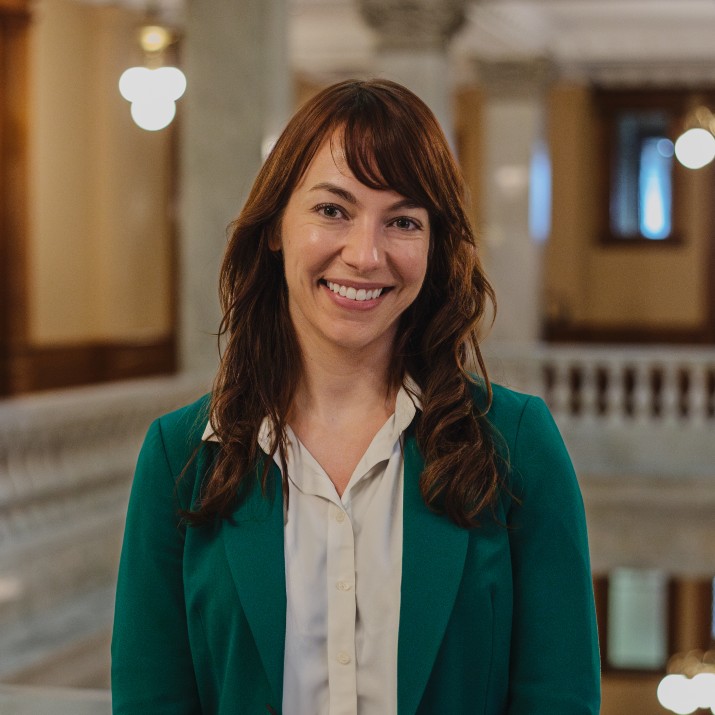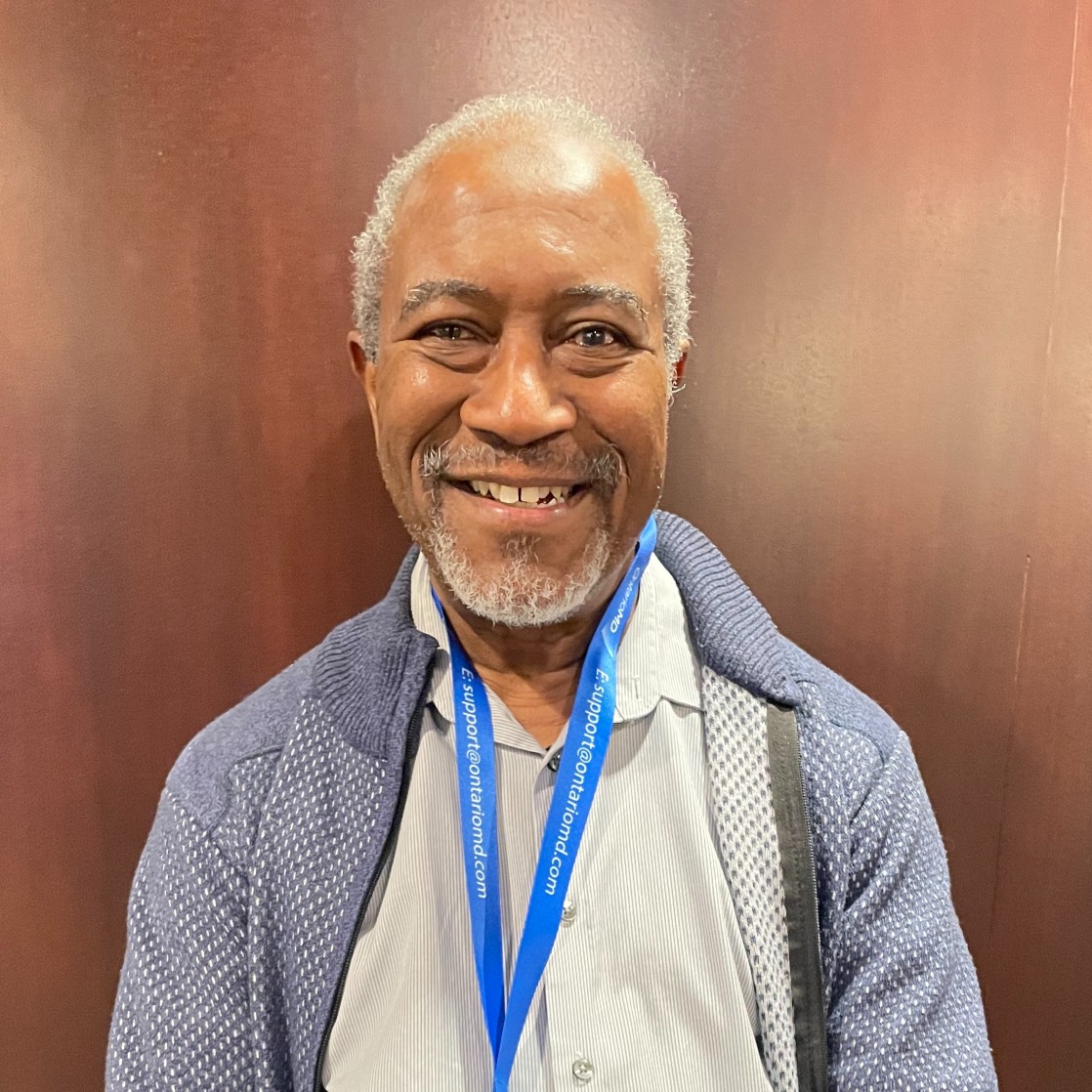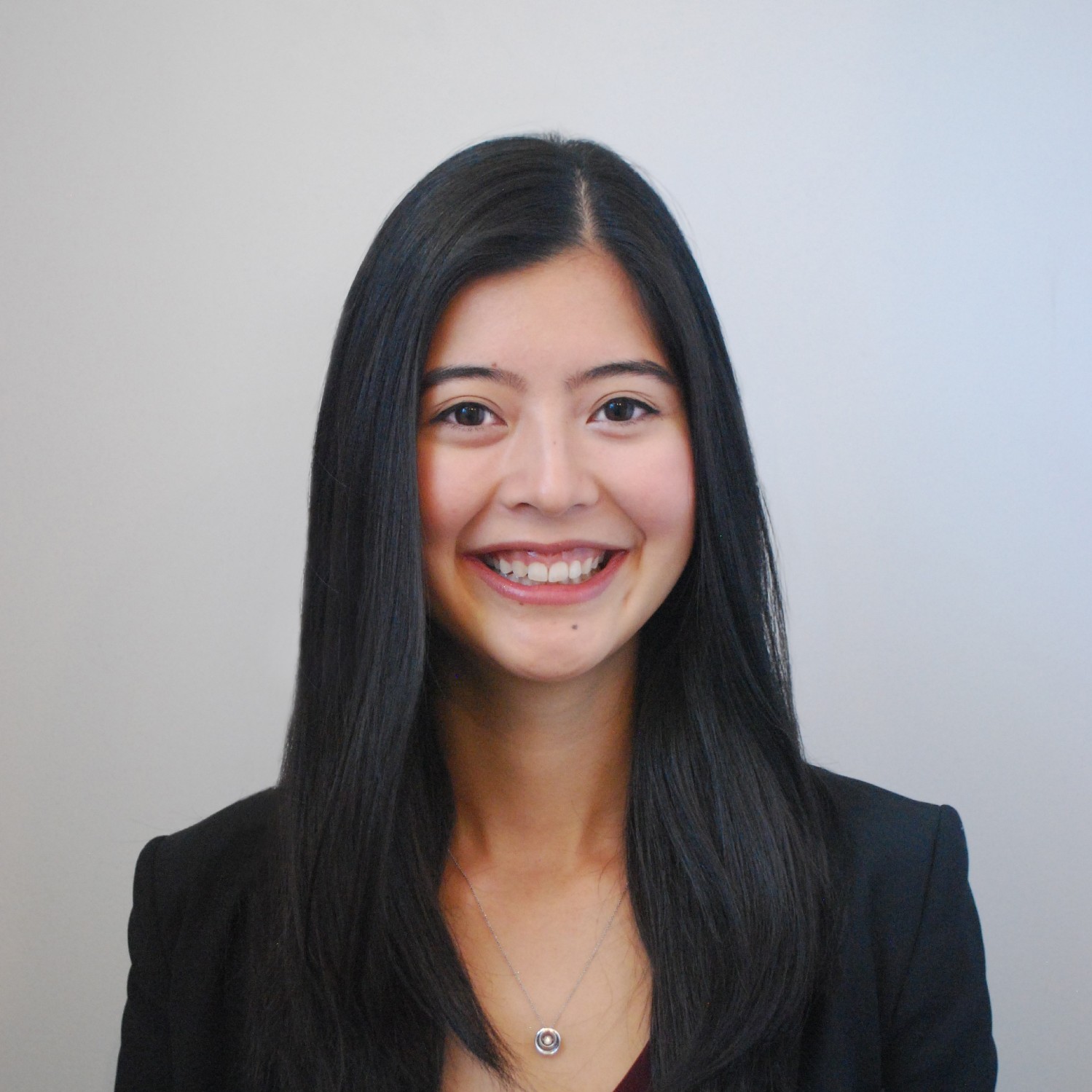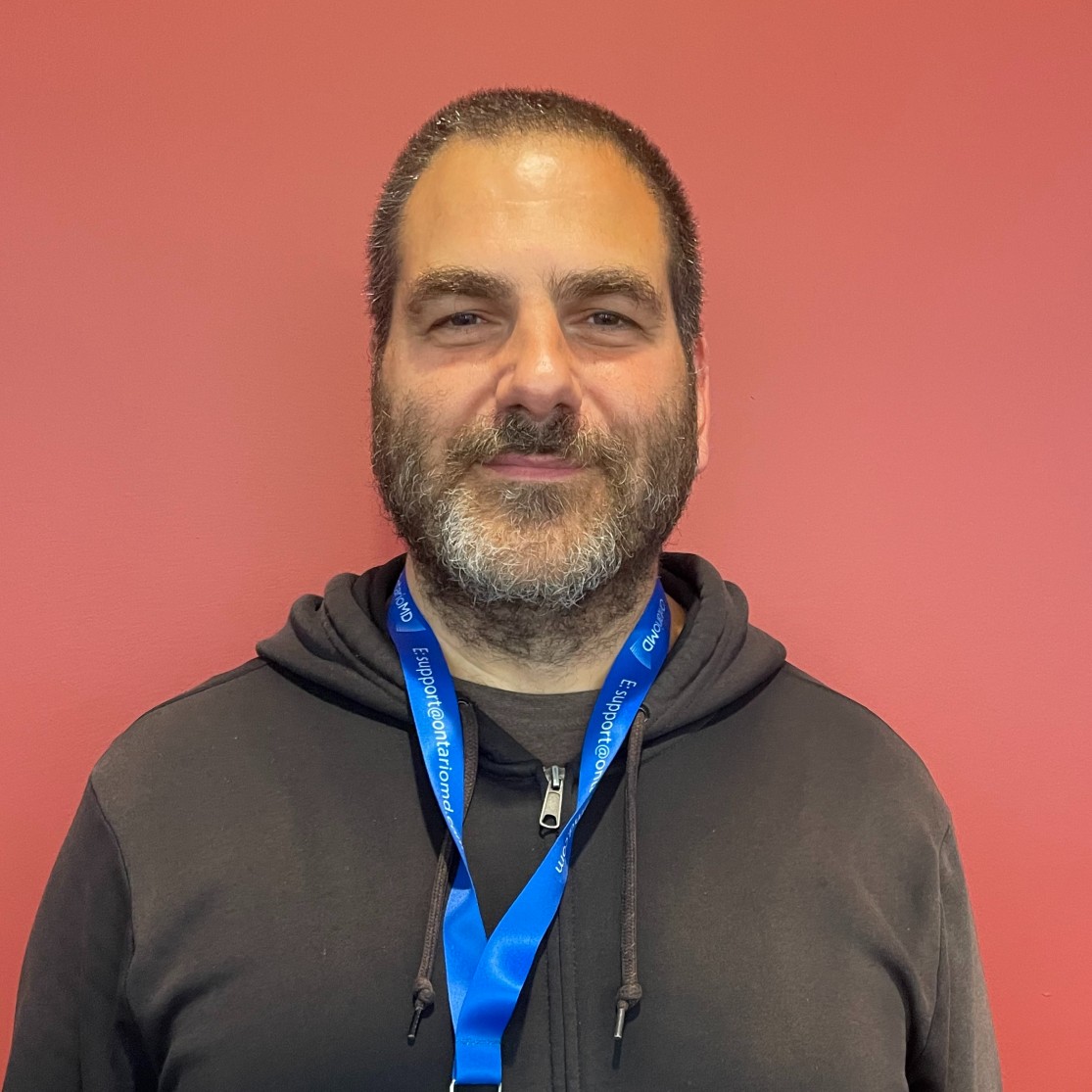This article originally appeared in the Winter 2023 issue of the Ontario Medical Review magazine.
How is technology relieving your administrative burden and improving patient relations and what role do you, the physician, play?
Physician Perspectives is a regular feature in the Ontario Medical Review. Its purpose is to share differing points of view and inspire dialogue among members on important topics of the day. In this edition, we asked physicians how technology is helping ease their administrative burden, improving patient relations and what role they can play.


Much of the current world is a service-based industry, physicians included. If physicians are burned out, they’re not going to serve a patient well. I think that’s the main link between how physician burnout affects the patient-physician relationship. How can we fix this? I think managing our workflows can help, such as effective information retrieval in our EMRs. If we can use technology to efficiently bring relevant patient information to the point of care, we could serve more patients, and ideally, spend more time focusing on the soft skills with patients, rather than splitting attention between patient connection and information retrieval.


The solution I’m excited about is AI in the medical space. It’s something that I know there’s a lot of caution around, but I think it can deal with the administrative burnout that we’re seeing, especially for young physicians. If we can incorporate AI to do a lot of our dictating and notetaking, that allows me to talk face-to-face with my patient, looking at them eye-to-eye, connecting, as opposed to typing on my computer. From talking to some of my peers who are using AI scribes in their practice already, the biggest power that they’re noticing is the ability to reconnect back with their patients who were missing them.


The administrative burden associated with forms and paperwork is disliked by physicians, spanning from family practitioners to specialists. New technology allows me to create e-forms that can be completed or submitted in just a few minutes. This frees up valuable time for me and opens up possibilities for other activities. I find great satisfaction in maintaining communication with my patients, preferably face-to-face, as it enhances our engagement. With more time, I can prioritize my family, friends, and personal life, leading to reduced pressure, tension, stress and overall burdens. This shift aligns with the recognition that, as physicians, we are not only professionals but also human beings with diverse aspects to our lives.


The new generation of physicians coming in, we all grew up with technology, so it’s not something that we’re going to leave behind. We see how technology is moving so fast outside of the health-care industry. I think we’re trying to bring that into health care and apply it as well. I’m hoping that in the next five to 10 years, that we’re able to pull these solutions together into our daily practices. But not only that, stop creating siloes. A lot of these solutions exist in very closed circles in medicine, and I want us to be able to collaborate, so we’re not fighting each other for resources.


Patients have become more complex. They’ve become more demanding. Needs, in general, have become more complex. Being able to relieve that somewhat through artificial intelligence – where it will print information out for you, when you can look something up quickly and don’t have to take half an hour to find a fact – that goes a long way. Technology also helps patient relations in a big way. There’s a relief in administrative burden that helps the staff, how they feel and act, and that reflects on how the patients feel. Since starting to implement this technology at our practice, we’ve had comments like: “Your staff is so nice,” even though we haven’t really changed. Technology has had that effect.